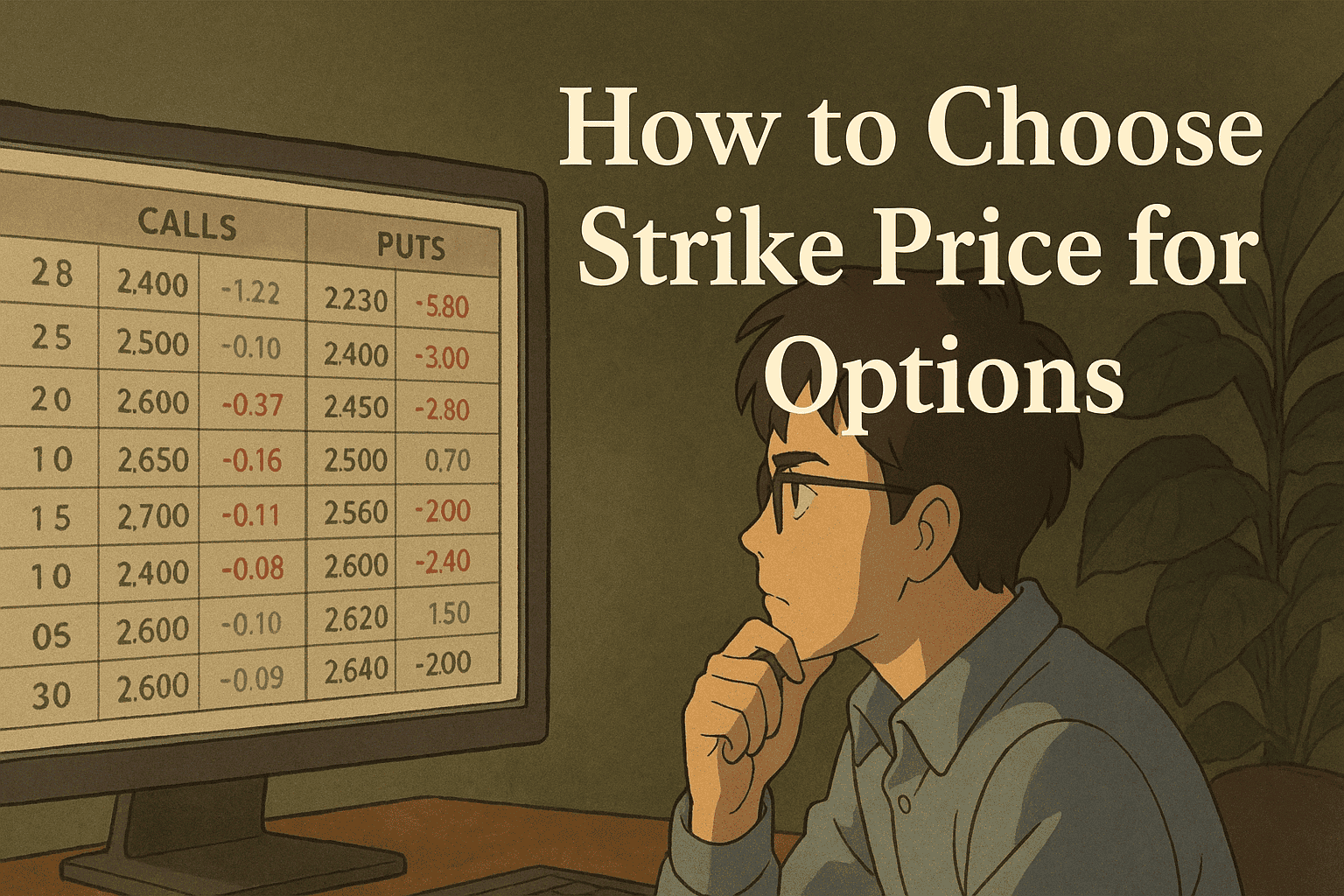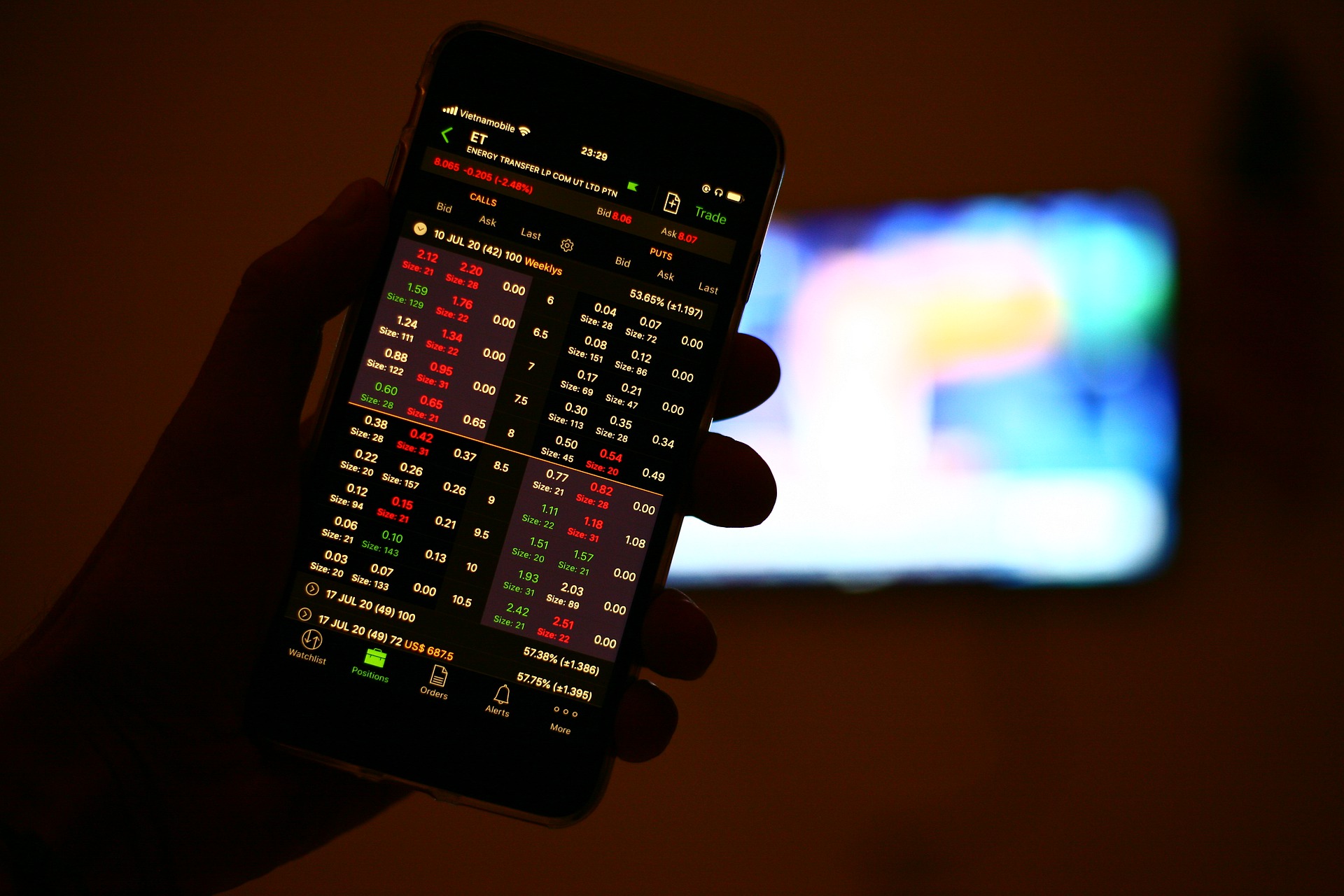In options trading, one of the most important yet challenging parts is how to choose strike price for options.
Think of it like selecting a seat in a stadium, you’ll still watch the game, but some seats offer far better value for what you pay.
Pick wisely, and even a small market move can turn profitable. Pick poorly, and you could predict the direction correctly yet still end up with a loss.
What Exactly Is a Strike Price?
The strike price is the level at which an option gives you the right to buy (call option) or sell (put option) the underlying stock.
Example: Reliance is trading at ₹2,450. A trader could choose:
- ₹2,400 (ITM) — lower risk, but comes with a higher premium.
- ₹2,450 (ATM) — balanced between risk and reward.
- ₹2,500 (OTM) — cheaper entry, but only profitable if the stock makes a strong move.
Each choice serves a purpose. The right pick depends on the market situation and personal risk appetite.
ITM, ATM, and OTM: The Three Categories
Strike prices are grouped into three main types:
- In-the-Money (ITM): Already has intrinsic value.
- Example: Reliance at ₹2,450 → 2,400 CE = ₹50 intrinsic value.
- At-the-Money (ATM): Strike price is almost equal to the stock price, so the premium is entirely time value.
- Out-of-the-Money (OTM): Carries no intrinsic value and is purely speculative.
In short: ITM = safer, ATM = balanced, OTM = riskier.
Open Interest (OI): Reading the Market’s Pulse
What does open interest indicates?
Well, this data shows where most traders are active, often highlighting support and resistance levels.
Example: Nifty trading at 18,000:
- Max OI at 18,000 PE → strong support zone.
- Max OI at 18,200 CE → strong resistance zone.
Using OI helps traders avoid random strikes and ensures liquidity for smoother entry and exit. Futher reading change in OI data along with change in premium value helps in determining long build up vs short build up, that helps in understanding market sentiments better.
Premium = Intrinsic Value + Time Value
The option premium is made up of two components:
- Intrinsic Value (IV): Spot – Strike (only for ITM).
- Time Value (TV): Extra cost for the remaining time until expiry.
Example: Reliance 2,400 CE priced at ₹70 with spot at ₹2,450:
- IV = ₹50
- TV = ₹20
As expiry approaches, time value declines steadily. On expiry, only intrinsic value remains.
A Simple Framework to Pick the Right Strike
- Check Futures & OI: Rising price + rising OI = bullish. Falling price + rising OI = bearish.
- Analyze the Option Chain: Strikes with highest OI often act as support or resistance.
- Align with Market Outlook: Bullish? Prefer ITM/ATM calls. Bearish? Look at puts near key levels.
- Factor in Time to Expiry: With weeks left, ATM or slightly OTM may work. Near expiry, ITM is safer.
- Match Risk Appetite: Conservative = ITM, Balanced = ATM, Aggressive = OTM.
Which Strike Price Is Best for Beginners?
New traders are better off avoiding extremes.
- ITM: Safer but more expensive.
- OTM: Cheap but low probability of success.
- ATM: Balanced—affordable with a fair chance to profit.
For beginners, ATM or slightly ITM strikes are generally the best starting point.
Common Mistakes Traders Make
Some pitfalls often trip up traders when picking strikes:
- Chasing cheap OTM options: Tempting, but most expire worthless without a big move.
- Forgetting time decay: Buying close to expiry without considering theta erodes premiums quickly.
- Ignoring OI data: Low-liquidity strikes can make trades difficult to enter or exit.
- Mismatch with market view: Choosing OTM strikes in a sideways market rarely works out.
- Forgetting your comfort zone: Strike prices should match what you can handle financially and emotionally, not just what looks profitable on paper.
Want to learn option chain analysis and strike price selection? Here we are with options trading mentorship. Enroll now and get a chance to get personalized live sessions from an experienced and profitable trader.
Conclusion
The strike price is more than just a number—it defines whether a trade succeeds or fails.
- ITM = safety and a higher probability of success.
- ATM = balanced trade-off.
- OTM = high risk, high reward (but often a miss).
Treat strike price selection as a well-thought-out strategy rather than a gamble—that’s what separates consistent traders from hopeful speculators.
Before investing capital, invest your time in learning Stock Market.
Fill in the basic details below and a callback will be arranged for more information:









